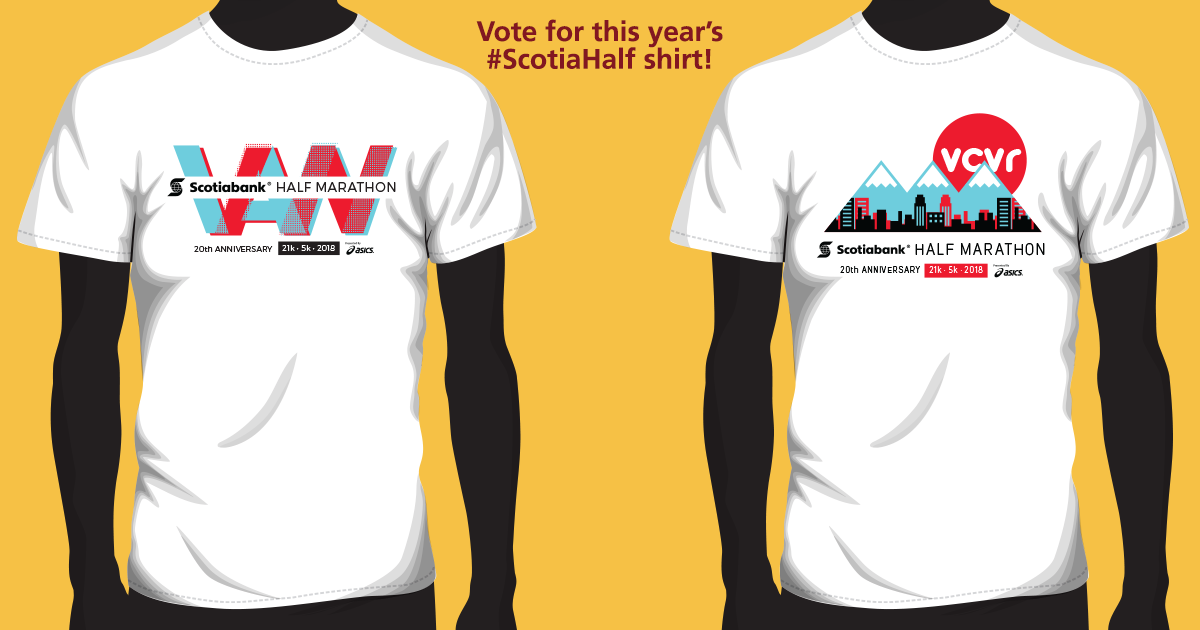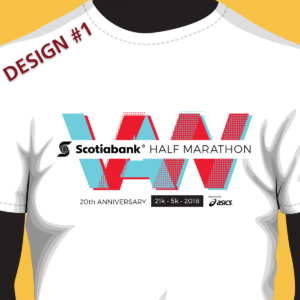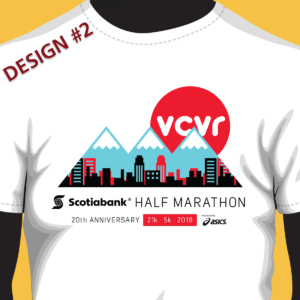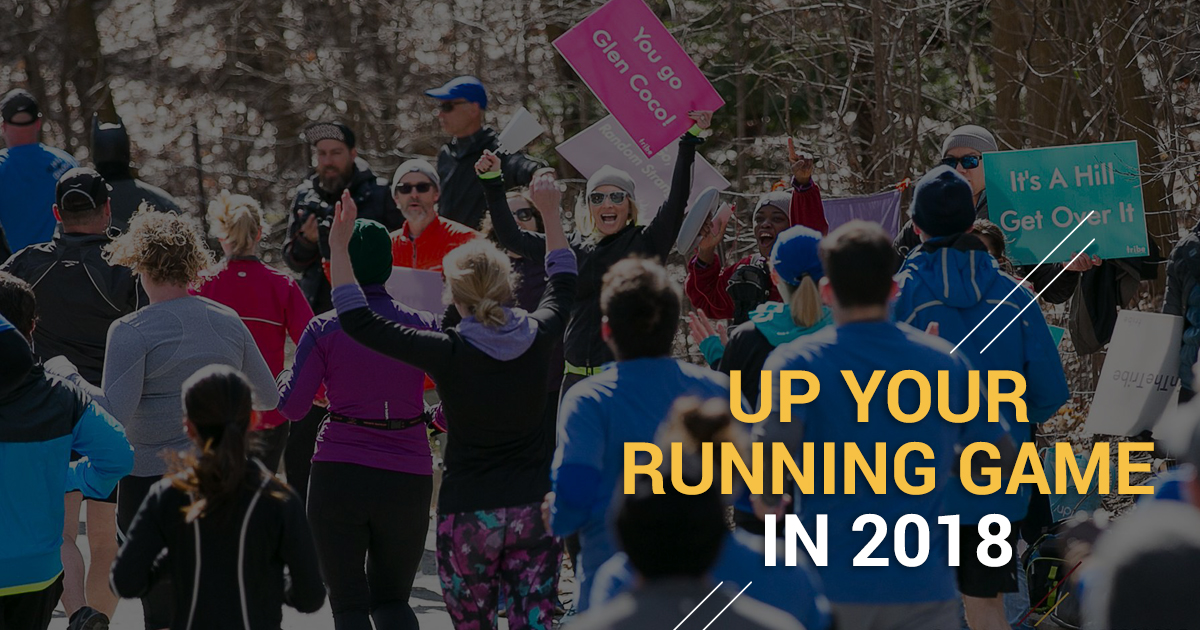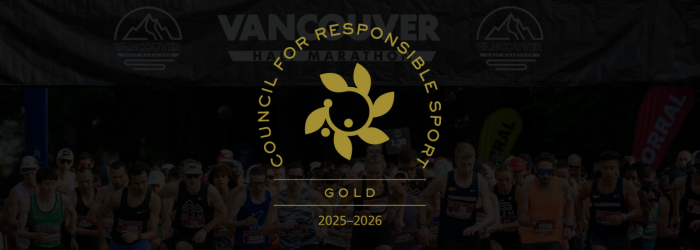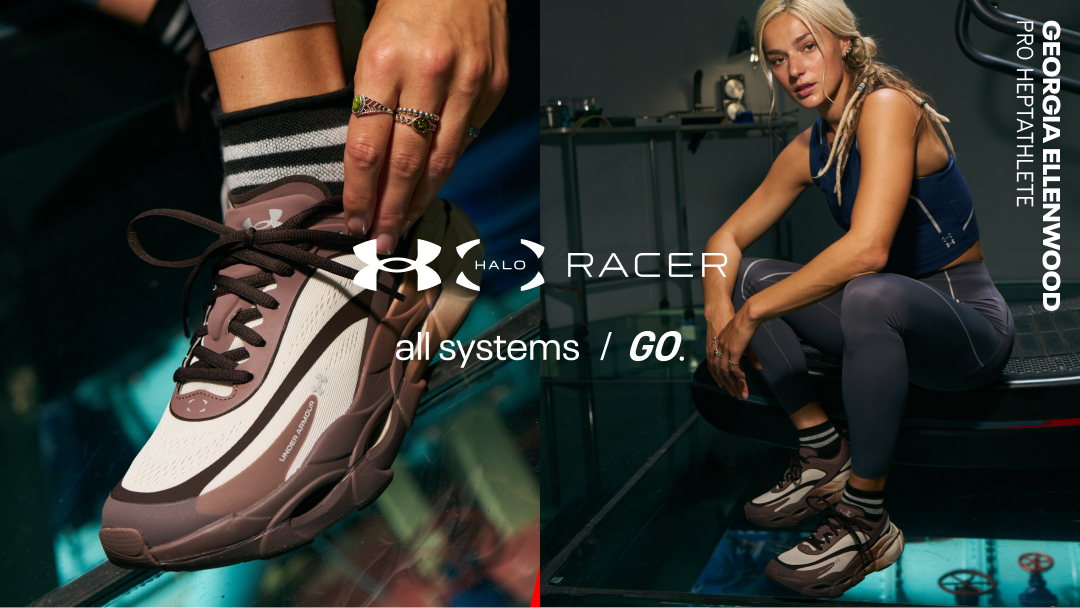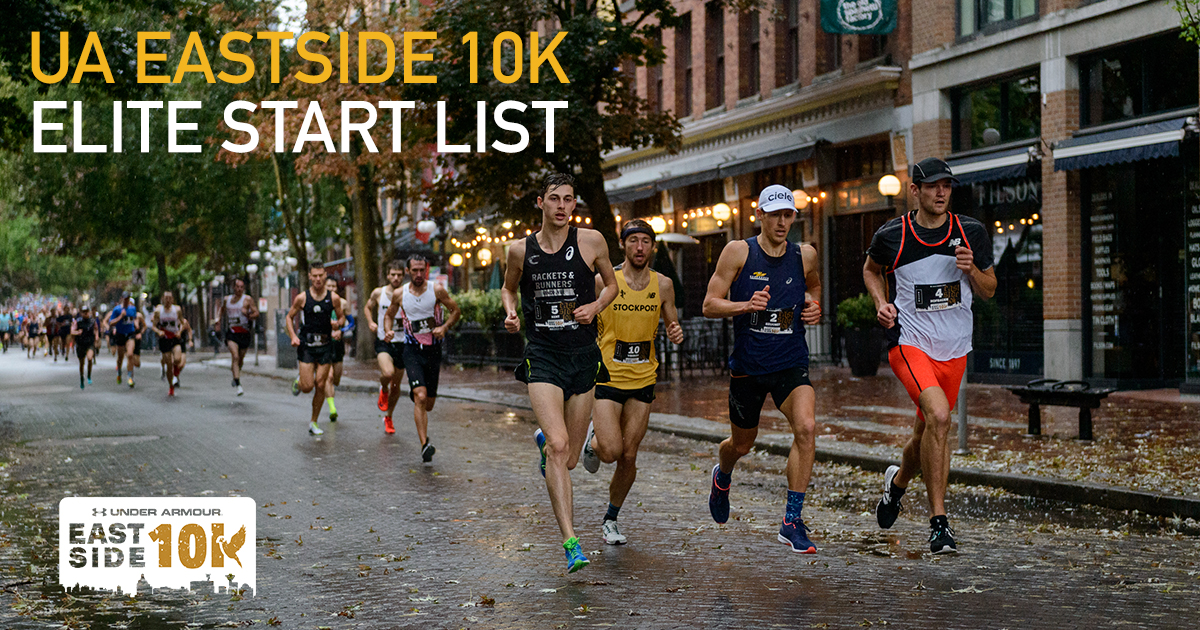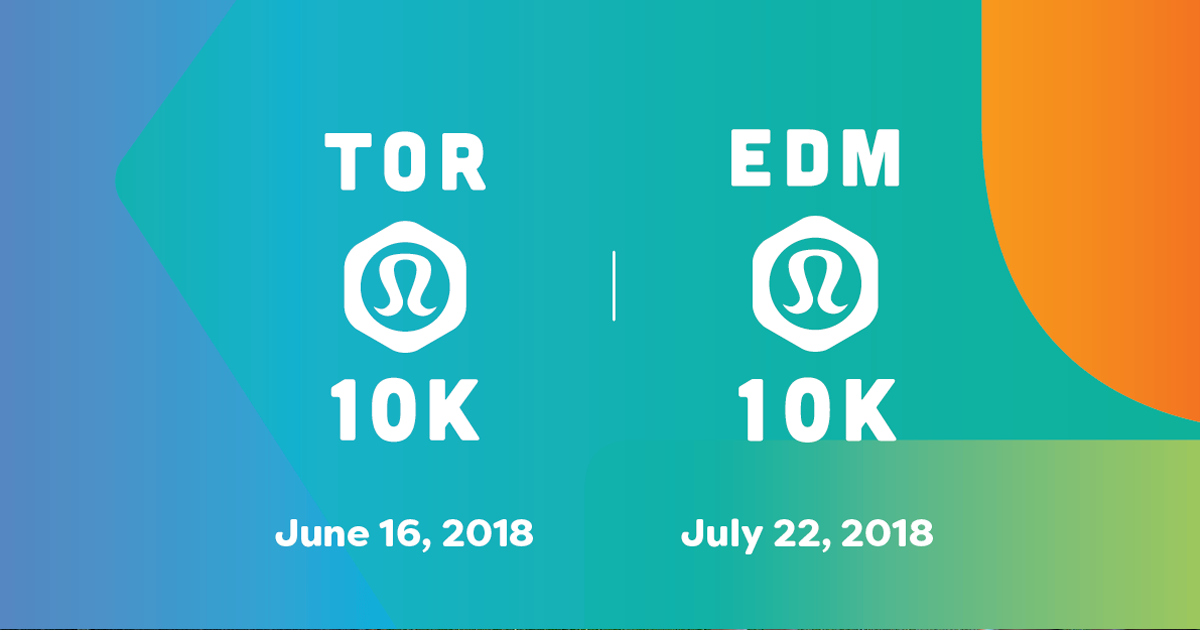
March 16, 2018 (Toronto) – For the second year in a row, Canada Running Series is delighted to partner with lululemon for the Toronto Waterfront 10K taking place on Saturday, June 16, 2018.
An exciting addition to the Canada Running Series race calendar, lululemon will also partner for the Edmonton 10K, a brand new race coming to Alberta’s capital on Sunday, July 22, 2018. Runners will cross the High Level Bridge, run along scenic Saskatchewan Drive through the tree lined streets of Windsor Park, back over the bridge, and finish with a party at Alberta Legislature Grounds.
Earlier this year, Canada Running Series announced the appointment of Ryan Chilibeck as Western Race Director. Ryan is thrilled to bring the Canada Running Series and lululemon experience to his hometown:
“I’m beyond excited that my first project with Canada Running Series will be a collaborative effort with lululemon to bring a high-calibre 10K road race to my hometown. We have been working hard to ensure that every detail of the event will showcase the absolute best of Edmonton. We want our guests to have an amazing race experience that is memorable for racers, spectators, volunteers, and our entire community. This city, and the amazing running culture within it, is a bit of a hidden gem so we’re grateful to create something we can all be proud of and make the Edmonton 10K a staple of the annual YEG racing calendar.”
Once again, lululemon will transform the race experience pre and post-race with highlights such as:
- Complimentary Training Program: Participants will be able to take part in an 8-week training program in Toronto and Edmonton, led by run ambassadors at select lululemon stores.
- Official lululemon Participant Shirts: As the official retailer and apparel partner of the event, lululemon will be providing a technical race shirt to all runners.
- Complimentary Race Photos: All photos will be complimentary to download for runners this year. Runners can pre-register with Marathon-Photos to have their photos automatically uploaded to Facebook as they become available.
- Enhanced Cheer Stations: Runners will be treated to unique, on-site cheer stations featuring local entertainment.
- Post-Race Party: Runners and their families will be invited to a post-race party including a DJ, stretching and yoga, multiple vendors, food trucks and an overall really good time.
“We’re thrilled to share the news about the expansion of our all-Canadian partnership with lululemon,” said Canada Running Series Race Director, Alan Brookes. “We are both passionately committed to excellence, to innovation, and creating outstanding, meaningful running experiences. Together, I believe we can continue to transform the running space in our country and send good vibes across the planet.”
Registration for the Toronto Waterfront 10K will open on Friday, March 23 at 10:00 a.m. EST and those interested in participating are encouraged to register early as the race is capped at 8,500 runners.
Registration for the Edmonton 10K will open on Thursday, April 5 at 10:00 a.m. MST and will be capped at 5,000 runners.
Information and entry:
Toronto Waterfront 10K: http://toronto10k.com
Edmonton 10K: http://edmonton10k.com
About Canada Running Series
Canada Running Series is the nation’s premier running circuit with 8 events: 4 in Toronto, 2 in Vancouver 1 in Montreal and 1 in Edmonton. It annually attracts some 60,000 participants and raises more than $6 million for some 320 mostly-local charities. The Series includes the IAAF Gold Label Scotiabank Toronto Waterfront Marathon, and the Athletics Canada National Marathon Championships. Since 1999, CRS has gained international recognition for innovation and organization.
We are passionately committed to staging great experiences for runners of all levels from Canadian Olympians and International stars, to healthy lifestyle people and charity runners; and to making sport part of sustainable communities and the city-building process. Our mission is “building community through the sport of running.”
Contact:
Canada Running Series
Jenna Pettinato, Manager of Communications
416-944-2765, ext: 511
jenna@canadarunningseries.com
lululemon
Seema Dhillon, Canadian PR Manager
604-783-0324
sdhillon@lululemon.com


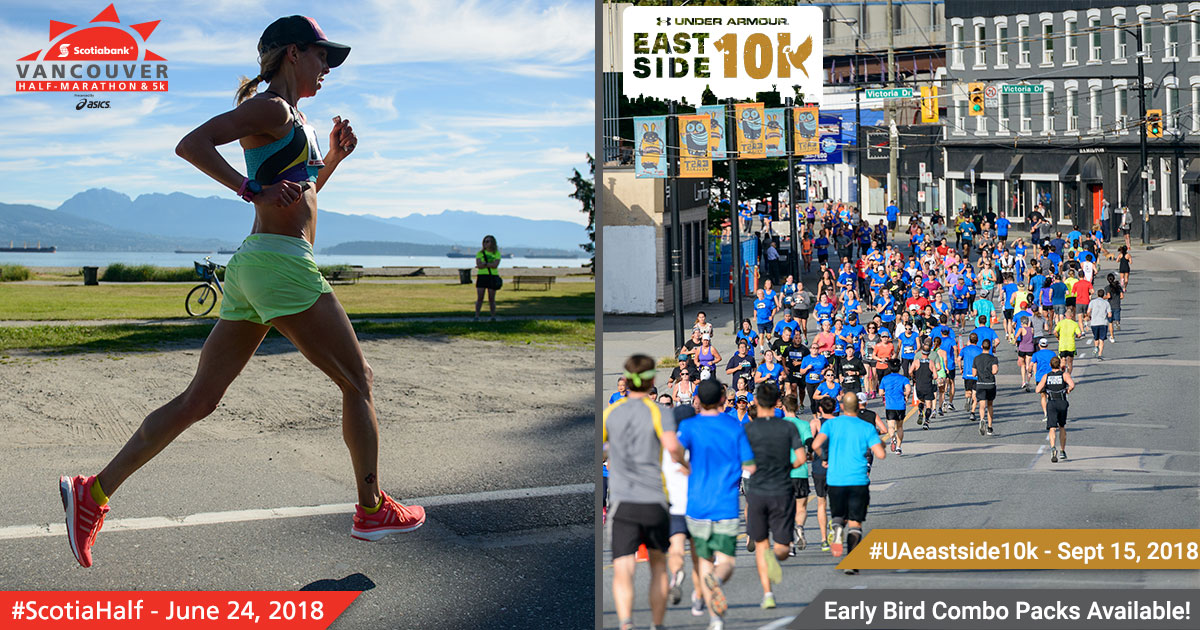
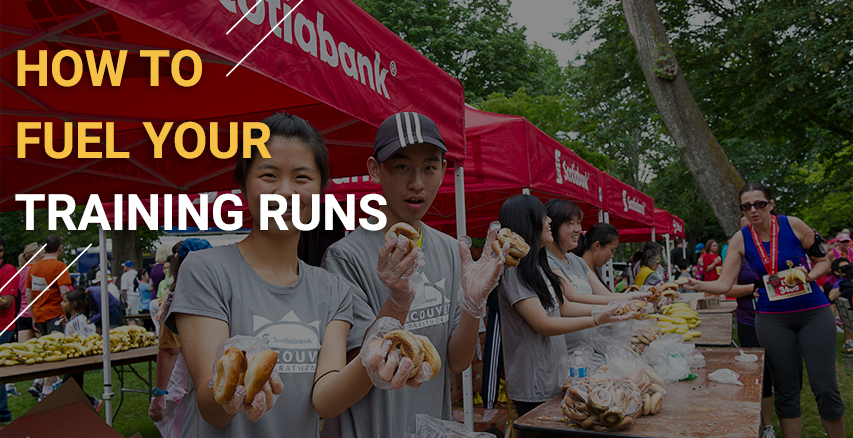
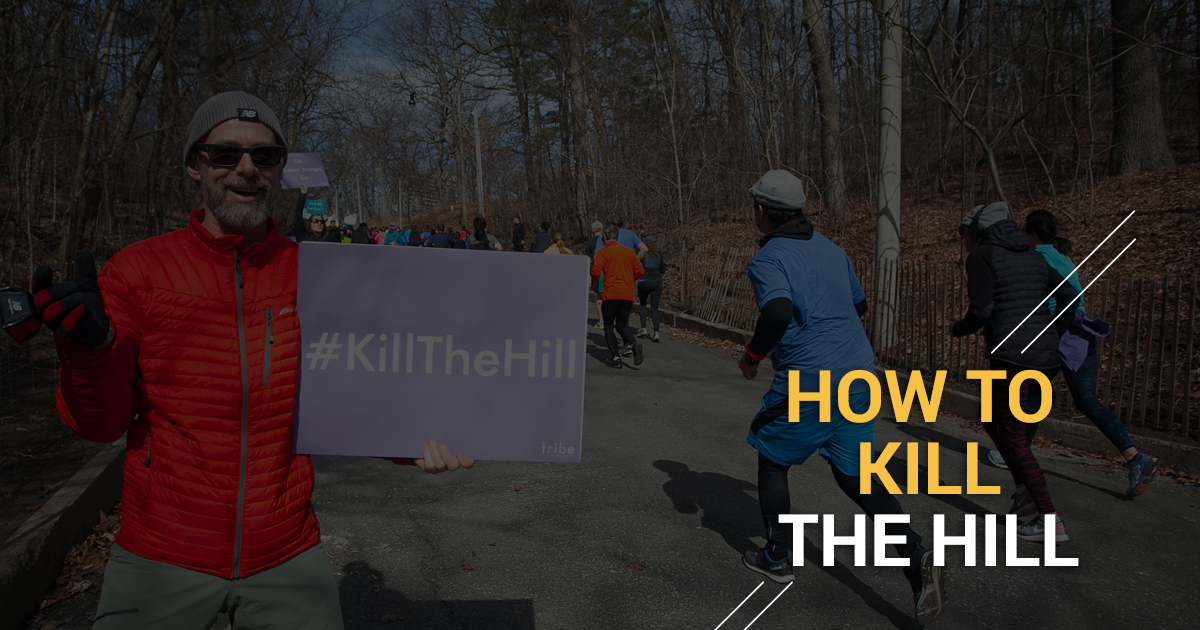
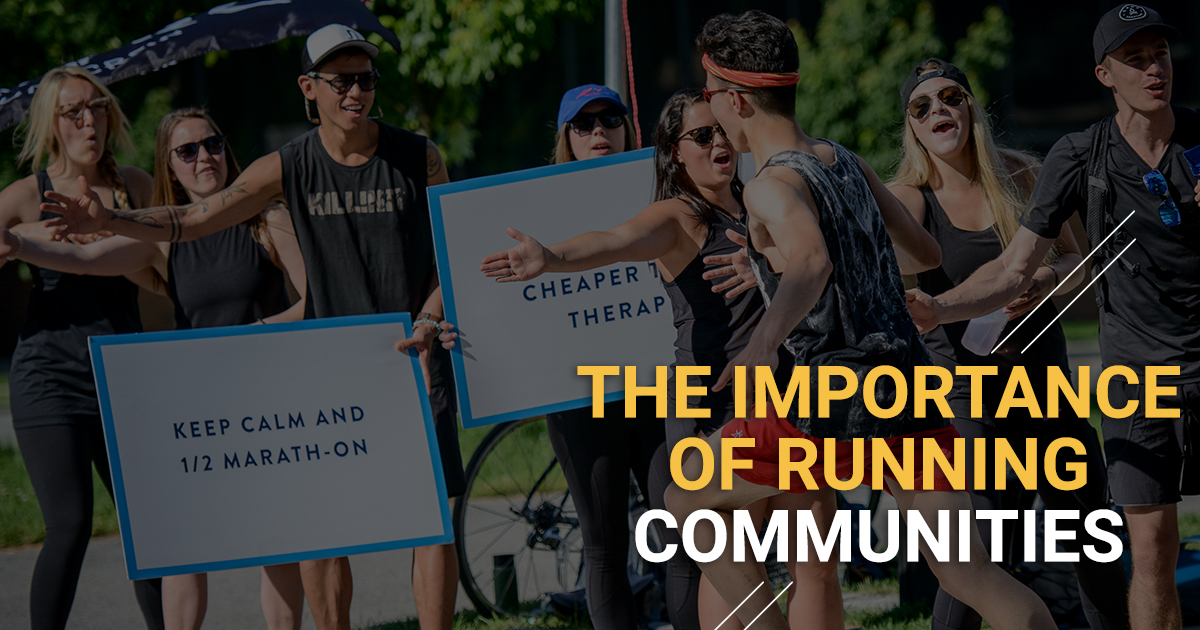
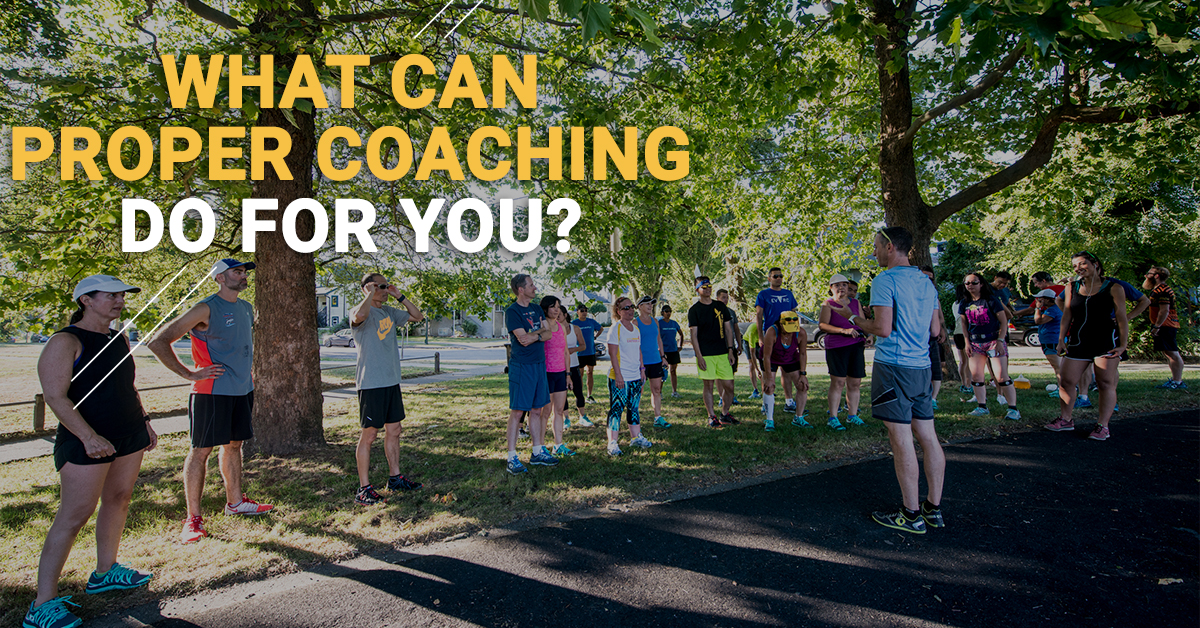
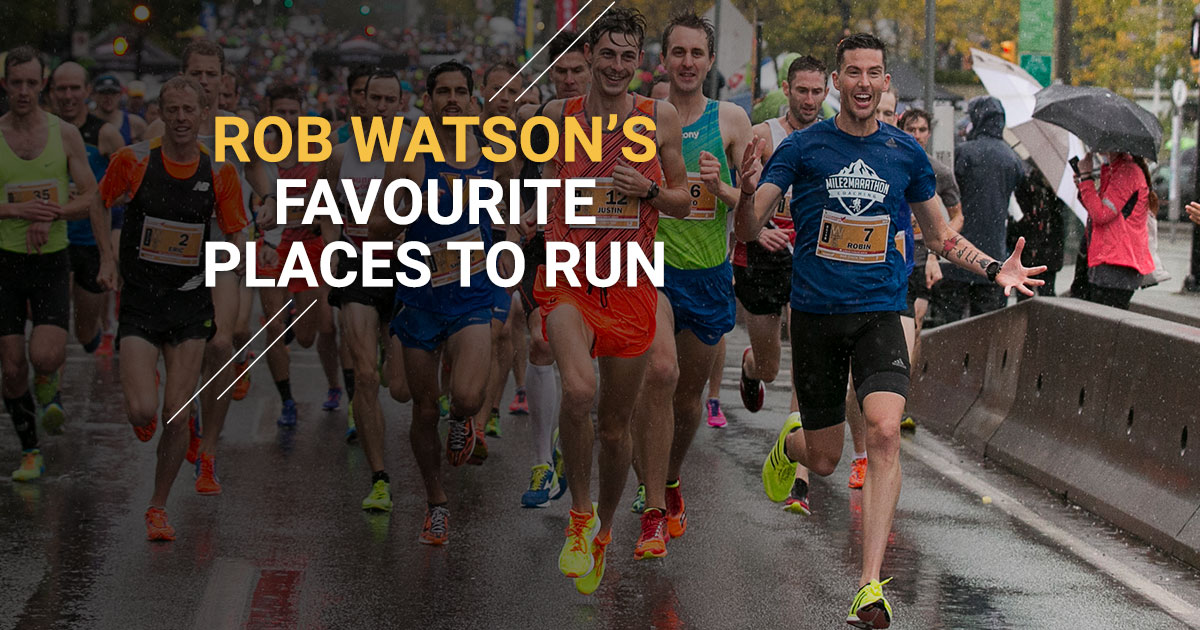
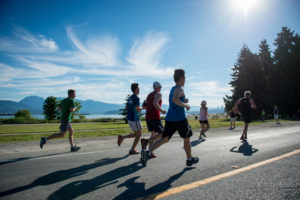 Out and back from Jericho to Spanish Banks has been my go to 10km route for a few years now, I have literally put over 5000km on this route, and you know what? It never gets old. On the way out you get a breathtaking view of the coastal mountains, on the way back there is a nice view of our downtown and mighty Stanley park. As a bonus, there are often bald eagles flying around out at Spanish Banks. Bald eagles are majestic as hell.
Out and back from Jericho to Spanish Banks has been my go to 10km route for a few years now, I have literally put over 5000km on this route, and you know what? It never gets old. On the way out you get a breathtaking view of the coastal mountains, on the way back there is a nice view of our downtown and mighty Stanley park. As a bonus, there are often bald eagles flying around out at Spanish Banks. Bald eagles are majestic as hell.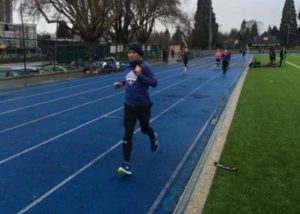 One thing Vancouver lacks is decent tracks. I’m not sure what the deal is there. Maybe something to with the fact that the land needed for a track would be worth like $100 million. Anyways, if you are looking for a place to put in some speed work, this is the place to do it. The track is blue, which is cool, and it has a nice soft surface. It is well lit with flood lights, super convenient for working out in the evening. Just don’t go on a Tuesday night, Tuesdays are bonkers.
One thing Vancouver lacks is decent tracks. I’m not sure what the deal is there. Maybe something to with the fact that the land needed for a track would be worth like $100 million. Anyways, if you are looking for a place to put in some speed work, this is the place to do it. The track is blue, which is cool, and it has a nice soft surface. It is well lit with flood lights, super convenient for working out in the evening. Just don’t go on a Tuesday night, Tuesdays are bonkers.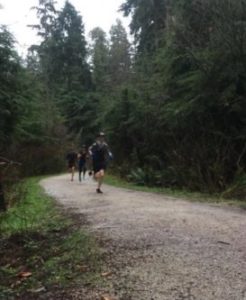 People tend to lose their heads over the seawall that goes around Stanley Park. I get it, but the trails within the park is where the real magic is. There are dozens of kilometres of trails in there. You can roll tempos, interval work, hill sessions or just go for an easy stroll. Whatever you are doing in there, your legs will love the soft trails, and it is easy to just shut off your brain and run while you take in the beautiful forest full of ancient cedars and massive Douglas firs.
People tend to lose their heads over the seawall that goes around Stanley Park. I get it, but the trails within the park is where the real magic is. There are dozens of kilometres of trails in there. You can roll tempos, interval work, hill sessions or just go for an easy stroll. Whatever you are doing in there, your legs will love the soft trails, and it is easy to just shut off your brain and run while you take in the beautiful forest full of ancient cedars and massive Douglas firs.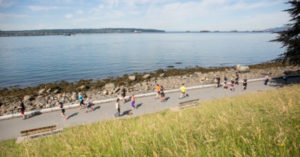 Is it blasphemous that I neglected to include our most famous, and well-used route in my top 5? It is flat, scenic and super convenient, there is no denying that this is a great place to run. I do run on it a fair bit, but man does it get busy! I get frustrated weaving in and out around people, therefore it does not make the top 5.
Is it blasphemous that I neglected to include our most famous, and well-used route in my top 5? It is flat, scenic and super convenient, there is no denying that this is a great place to run. I do run on it a fair bit, but man does it get busy! I get frustrated weaving in and out around people, therefore it does not make the top 5.
